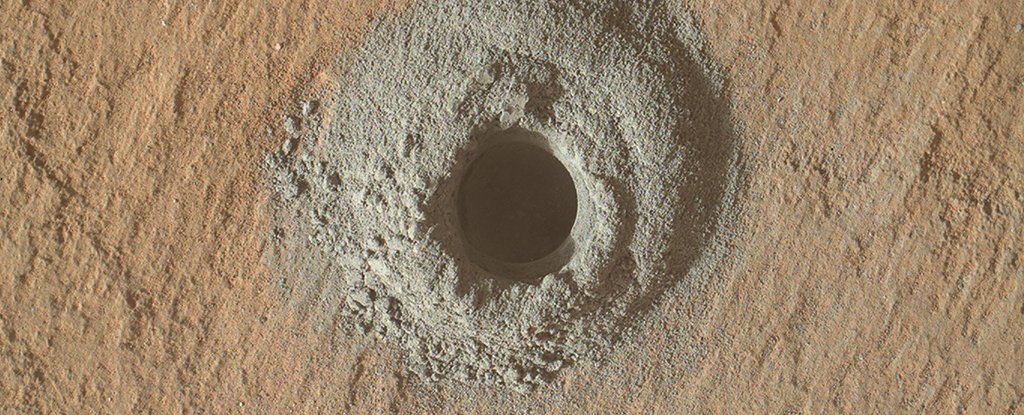A total of 24 powder samples were heated by Curiosity to separate individual chemicals, revealing a wide variation in terms of the mix of carbon 12 and carbon 13 isotopes: the two stable carbon isotopes that can reveal how the carbon cycle may have changed over time.
What makes these variations particularly fascinating – some samples enriched with carbon 13, and some extremely depleted – is that they point to unconventional processes different to those created by the carbon cycle in Earth's modern era.
"The amounts of carbon 12 and carbon 13 in our Solar System are the amounts that existed at the formation of the Solar System," says geoscientist Christopher House from Pennsylvania State University.
"Both exist in everything, but because carbon 12 reacts more quickly than carbon 13, looking at the relative amounts of each in samples can reveal the carbon cycle.".
That leaves the third explanation, which is that either ultraviolet light or microbes once upon a time converted methane produced by biological processes – that we're looking at carbon created as a result of life.
